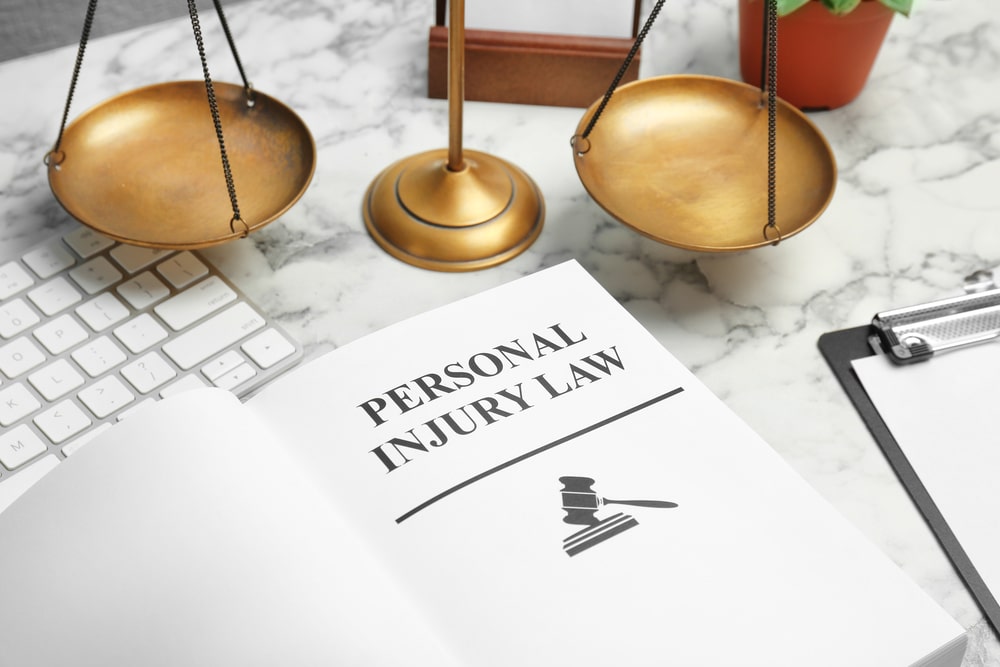3 Facts About Social Media And Personal Injury Claims And 3 Best Practices For Social Media During A Personal Injury Claim
In the age of social media dominance, platforms like Facebook, Instagram, and Twitter have become integral parts of our daily lives. However, what many individuals may not realize is that their social media activity can have a profound impact on personal injury claims. It is important to explore the intricate relationship between social media and personal injury cases, shedding light on how posts and online presence can influence the outcome of legal proceedings.
The Digital Footprint: Unveiling Personal Lives Online
Social media platforms serve as virtual diaries, where individuals share snippets of their lives, thoughts, and experiences. However, as a lawyer, like a personal injury lawyer could tell you, this open sharing comes with implications, especially when individuals are navigating personal injury claims. The digital footprint created on these platforms can be scrutinized and used as evidence in legal proceedings.
Social Media Posts As Evidence: How They Can Affect Your Case
Attorneys and insurance adjusters often scour social media profiles to gather evidence that may be relevant to a personal injury case. Posts, photos, and even location check-ins can be used to challenge the severity of injuries claimed or dispute the impact on an individual’s daily life. For instance, a picture of someone engaging in physical activities may contradict claims of severe physical limitations.
Best Practices For Social Media During A Personal Injury Claim
Navigating social media during a personal injury claim requires a delicate balance, as our friends from Siegal & Richardson, LLP could tell you. While it may be tempting to share updates about the case, doing so can potentially harm the claimant’s position. To mitigate risks, individuals involved in legal proceedings should consider the following best practices:
- Limit Social Media Activity. Exercise caution in sharing personal details or updates related to the injury claim. Limiting overall social media activity during the legal process can help minimize the chances of posts being misconstrued.
- Adjust Privacy Settings. Review and adjust privacy settings to control who can view your social media content. Restricting access ensures that only trusted individuals can see your posts, reducing the chances of information being used against you.
- Avoid Discussing the Case. Refrain from discussing details of the personal injury case online. Legal matters are best left for communication between attorneys and in the courtroom, rather than being debated on public platforms.
Staying Vigilant For Your Claim
In the interconnected world of social media, personal injury claimants must be vigilant about the content they share online. The impact of social media on legal proceedings is a reality that cannot be ignored. By understanding the potential consequences of their digital footprint, individuals can navigate the online landscape more thoughtfully, safeguarding their personal lives and protecting the integrity of their personal injury claims.
In the delicate balance between sharing experiences and preserving the strength of a legal case, a strategic and cautious approach to social media proves to be invaluable. As the saying goes, “what happens on the internet stays on the internet,” and being mindful of this reality can make a significant difference in the outcome of personal injury claims. In a world where every post and picture can be scrutinized, the wise use of social media becomes a crucial aspect of preserving one’s rights and seeking fair compensation for injuries. Reach out to your local law office for help with your injury claim.

